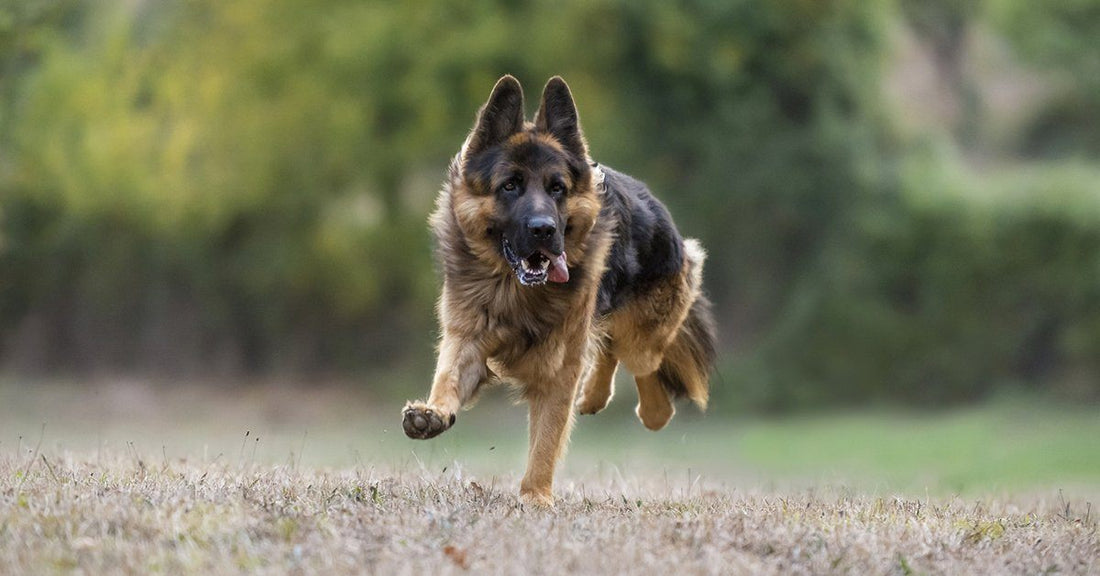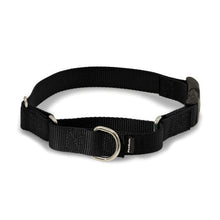How To Teach Your Dog To Come Every Time You Call

Teaching your dog to come when they are called is one of the most important, if not the most important, command your dog can learn. Reliable recall not only is important, it can save your dog’s life.
Not only can it be lifesaving, it also can improve the relationship you have with your pet and eliminate a lot of stress and frustration. If your dog doesn’t listen when you call, it can get annoying real quick.
One of the first steps to teaching your dog to come when you call is determining if you’ve ever really trained them. Calling the dog’s name and expecting the dog to come when called is not training at all.
Teaching your dog to come to you 100% of the time even when it’s not fun, when there are distractions competing for their attention, or they just don’t feel like it, is considered having mastered the come command. That skill comes with lots of patience, practice, repetition, and reward.
In a way, you may have already inadvertently taught your dog to come in some instances and not even realized it. If your dog comes running when they hear a cheese wrapper unwrapping, the lid being taken off the cookie jar, or the scrappy crunch of a bag of chips being opened, you’ve taught your dog to come. If they find you when they think a treat might be coming their way, they can learn the come command.
To train them to reliably come when you call, you simply need to harness this basic reward based behavior and associate it with the come command. Lucky for owners, dogs are very motivated by what makes them happy. In most cases, that is food, or in some cases toys. However, as long as they enjoy a reward they are highly motivated to learn and will even enjoy the time and attention you spend teaching them.
Teaching a dog to come begins with teaching them the difference between their name and the come command. Saying your dog’s name should grab their attention. They should look to you, whether it’s just to tell them how much you love them or to issue a command for them to follow.
Usually the recall command is “come.” You can use any word you choose other than their name. How you train your dog and the words you use to issue commands is up to you. It really doesn’t matter what word you use as long as you are consistent and all the dogs in your house are following the same commands.
Another thing you need to do is honestly evaluate how and when you’ve called your dog in the past. If it has been to get their attention in times of desperation, frustration, punishment, or to get them to submit to some unwelcome chore (like getting a bath they hate) you will need to transform their negative connotation to their come command into something positive.
You’ll do this by “transferring a cue,” a term used in dog training that means you’re going to teach your dog to come by associating the command they know with something good your dog already comes running for. In other words, if opening the string cheese is what gets your dog excited to come to you, you’ll initially use string cheese for the reward.
Start training the come command in your own home and yard. Get your cheese (or other treat) ready and ask your dog to come. Every time they come when they are called, they get a tasty reward. Issue the come command even if they are on their way to get their treat before you issue the command.
You can get sneaky and amp of their training by letting them out in the yard and hiding their treat in your pocket. Go out and issue the come command. When they come, give them their reward. The first few times, you may have to get their attention by using the treat as a lure. Move away from the dog and ask them to come-make it a fun game for you both.
As they master this, start adding new treats or rewarding toys, like a tug. You’re still in the stage where they need lots of motivation so something like small liver treat bites or something equally tasty and enticing. Start practicing the sit/stay and then asking them to come. Give lots of praise and the treat when they do.
Carry treats or a training toy on you and whenever you have the chance, incorporate the command into their daily life in a fun and positive way. The come command is now more exciting than what it was before. Understanding the command and resulting reward is getting clearer to the dog and they know they are no longer only called for something unpleasant. It’s now more fun to come than not.
Once your dog understands the come command, it’s time to make it more challenging. Have your dog sit/stay and put more space between the two of you. Ask your dog to come and when they do, offer lots of praise and feed them the treat or play a game, like tug. Repeat this step often (notice, you’ll also be reinforcing the sit/stay command?).
Another way to improve recall is to have someone hold the dog while you move away. When you say “come,” your helper releases the dog that then runs to you to receive a favorite toy or treat. This should be fast paced and exciting and used to increase the dog’s reaction to the come command and speed at which they run to you.
Once your dog has 100% mastered the come in your own yard; it’s time to start adding more distractions. A large fenced area other than your own yard is the next best place to practice. The dog can then be off leash with no fear of them running away. Use your helper here and if your dog doesn’t run to you as expected, quickly run away while you call your dog to get their attention back on you, then reward when they come to you.
Once they have mastered the come command in unfamiliar fenced areas, you can take them beyond the safety of the fence on a 20 foot long-line lead. You’ll allow them to wonder away from you while checking out distractions and then ask them to come. This allows you to practice, and you won’t lose your dog when they go darting after a squirrel.
Important: During long-line or check cord training (not to be confused with a chain or choke chain), always have your dog wear a harness. Always attach the long-line to their harness rather than their collar to prevent a neck injury since they will be able to run and gather speed. A harness with a front and back attachment is preferable so that you can connect the long-line to the back attachment, to prevent the lead from getting tangled in the dog’s legs.
Practice the long-line with distractions until the dog is 100% reliable. Make it fun by offering lots of praise, treats, or play, such as a game of tug or catch. This is a huge accomplishment and they deserve a big reward!
Before considering taking your dog off leash completely, it is important to trust that they will come when you call. You will need to master the come command in a variety of places and situations with lots of distractions, 100% of the time. If your dog still won’t come while playing at the dog park, they’re not ready to be let loose on the world.
It is a very personal decision if and when to trust your dog off leash. Off leash training may have not even been your motivation for improving your dog’s recall (all dogs should know the come command). But if it was, some things to ask yourself are:
- Is the prey drive of your dog such you can trust them not to give chase?
- Is the location they’ll be off leash safe from traffic, wildlife, and other hazards?
- Do they come the first time you issue the come command, every time?
- Do they heel off leash?
- Is your dog safe around other people, kids, and animals?
- Is there likely to be untrained, unruly, or aggressive dogs in the area?
Nothing in life is guaranteed and the only thing you can hope to control is your own dog. You can’t control other dogs, people, or the situations that you’ll encounter in life. By teaching your dog to reliably come, you’ve done a great thing to help keep your dog safe, as well as improved the relationship you have with your dog. Bravo!
























